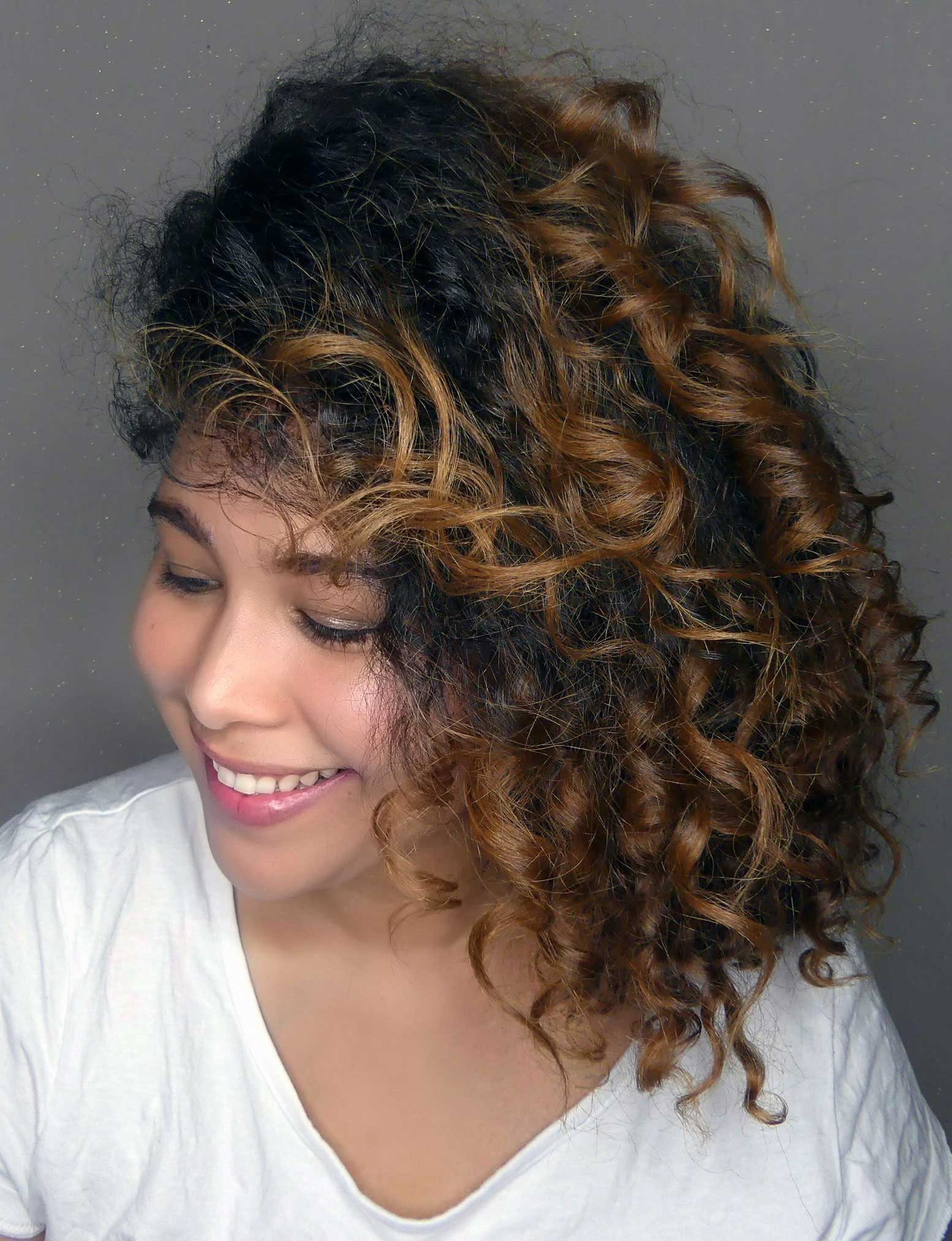H Healthy Hair Care
Preventing Hair Damage and Split Ends: A Comprehensive Guide
By
Beauty Doctor MD September 28, 2023

Beautiful, healthy hair is a source of confidence and pride. However, many individuals struggle with common hair issues, with split ends and hair damage topping the list. Split ends, also known as trichoptilosis, occur when the hair shaft splits or frays at the ends. Hair damage can manifest in various forms, including dryness, breakage, and dullness. The good news is that with the right care and preventive measures, you can maintain your hair’s vitality and prevent split ends and damage. In this comprehensive guide, we will explore the causes of split ends and hair damage and provide practical tips and strategies to keep your locks luscious and damage-free.

Understanding Split Ends and Hair Damage
- Causes of Split Ends
Split ends typically occur due to a combination of internal and external factors:
-
- Physical Stress: Frequent brushing, combing, and styling can weaken the hair shaft, leading to splits.
- Heat Styling: Excessive use of heated styling tools like straighteners and curling irons can strip the hair of moisture and cause damage.
- Chemical Treatments: Coloring, perming, and chemical straightening can weaken the hair’s structure.
- Environmental Factors: Exposure to UV rays, wind, and pollution can contribute to damage.
- Lack of Moisture: Dry hair is more susceptible to splitting, so insufficient hydration plays a role.
- Nutritional Deficiencies: A poor diet lacking essential nutrients can lead to weak, brittle hair.
- Types of Hair Damage
Hair damage isn’t limited to split ends; it can take various forms:
-
- Dryness: Dry hair lacks moisture, often appearing dull and feeling rough to the touch.
- Breakage: Weak hair is prone to breakage, resulting in shorter, uneven strands.
- Dullness: Damaged hair often loses its natural shine and vibrancy.
- Frizz: Hair can become frizzy due to a lack of moisture or damaged cuticles.
- Thinning: Severe damage can lead to hair thinning and loss.
Preventing Hair Damage and Split Ends
- Proper Hair Care Routine
Establishing a healthy hair care routine is the first step in preventing damage and split ends:
-
- Gentle Washing: Use a sulfate-free, moisturizing shampoo and conditioner that match your hair type. Avoid over-washing, as it can strip natural oils.
- Balanced Diet: Consume a diet rich in vitamins, minerals, and protein to nourish your hair from the inside out.
- Scalp Health: A clean, healthy scalp is essential for strong hair. Use products designed to maintain scalp health.
- Protective Styling
- Avoid Tight Hairstyles: Styles that pull on the hair, like tight ponytails or braids, can cause breakage and weaken hair.
- Heat Styling Precautions: If you use heated styling tools, apply a heat protectant before use, and avoid excessive heat.
- Limit Chemical Treatments: Minimize the use of harsh chemicals on your hair, and always follow the instructions carefully.
- Protect Your Hair from the Elements: Wear a hat or scarf to shield your hair from sun, wind, and pollution.
- Regular Trims
- Trim Every 6-8 Weeks: Regular trims remove split ends, preventing them from traveling up the hair shaft.
- Gentle Handling
- Avoid Over-Brushing: Brush your hair gently, and use a wide-tooth comb to detangle wet hair.
- Pat Dry: Avoid rough towel drying. Instead, pat your hair dry with a soft towel.
- void Excessive Scrubbing: When shampooing, don’t vigorously scrub your scalp. Gentle massaging is sufficient.
- Deep Conditioning and Hair Masks
- Deep Condition Weekly: Use a deep conditioning treatment once a week to restore moisture and strength.
- Hair Masks: Apply a hair mask containing nourishing ingredients like argan oil or avocado oil.
- Protective Styles
- Braids or Twists: Wearing protective styles like braids or twists can minimize manipulation and damage.
- Silk Pillowcase
- Switch to Silk: Sleeping on a silk or satin pillowcase reduces friction and prevents breakage.
- Limit Sun Exposure
- Sunscreen for Hair: Use hair products with SPF when spending extended periods in the sun.
Homemade Remedies for Hair Damage
- Coconut Oil Treatment
- Benefits: Coconut oil deeply moisturizes and repairs damaged hair.
- How to: Warm coconut oil and apply it to your hair, focusing on the ends. Leave it on for at least 30 minutes, then shampoo and condition as usual.
- Avocado and Honey Mask
- Benefits: Avocado and honey are rich in vitamins and moisture, making them excellent for damaged hair.
- How to: Mash a ripe avocado with a tablespoon of honey and apply it to your hair. Leave it on for 30 minutes before rinsing.
- Yogurt and Egg Mask
- Benefits: Yogurt contains protein and lactic acid, while eggs provide essential nutrients.
- How to: Mix yogurt and an egg and apply the mixture to your hair. Leave it on for 30 minutes before washing it out.
- Aloe Vera Gel
- Benefits: Aloe vera soothes the scalp and provides moisture.
- How to: Apply aloe vera gel directly to your hair and leave it on for 30 minutes before rinsing.
Conclusion
Preventing hair damage and split ends requires a combination of proper care, protective measures, and a commitment to maintaining your hair’s health. By following a suitable hair care routine, being mindful of your hair type, and incorporating preventive measures, you can enjoy the beauty and vitality of healthy hair. Additionally, the use of homemade remedies can offer natural, nourishing treatments to restore your hair’s strength and shine. Remember that consistency is key, and with patience and dedication, you can achieve and maintain the stunning locks you desire.

